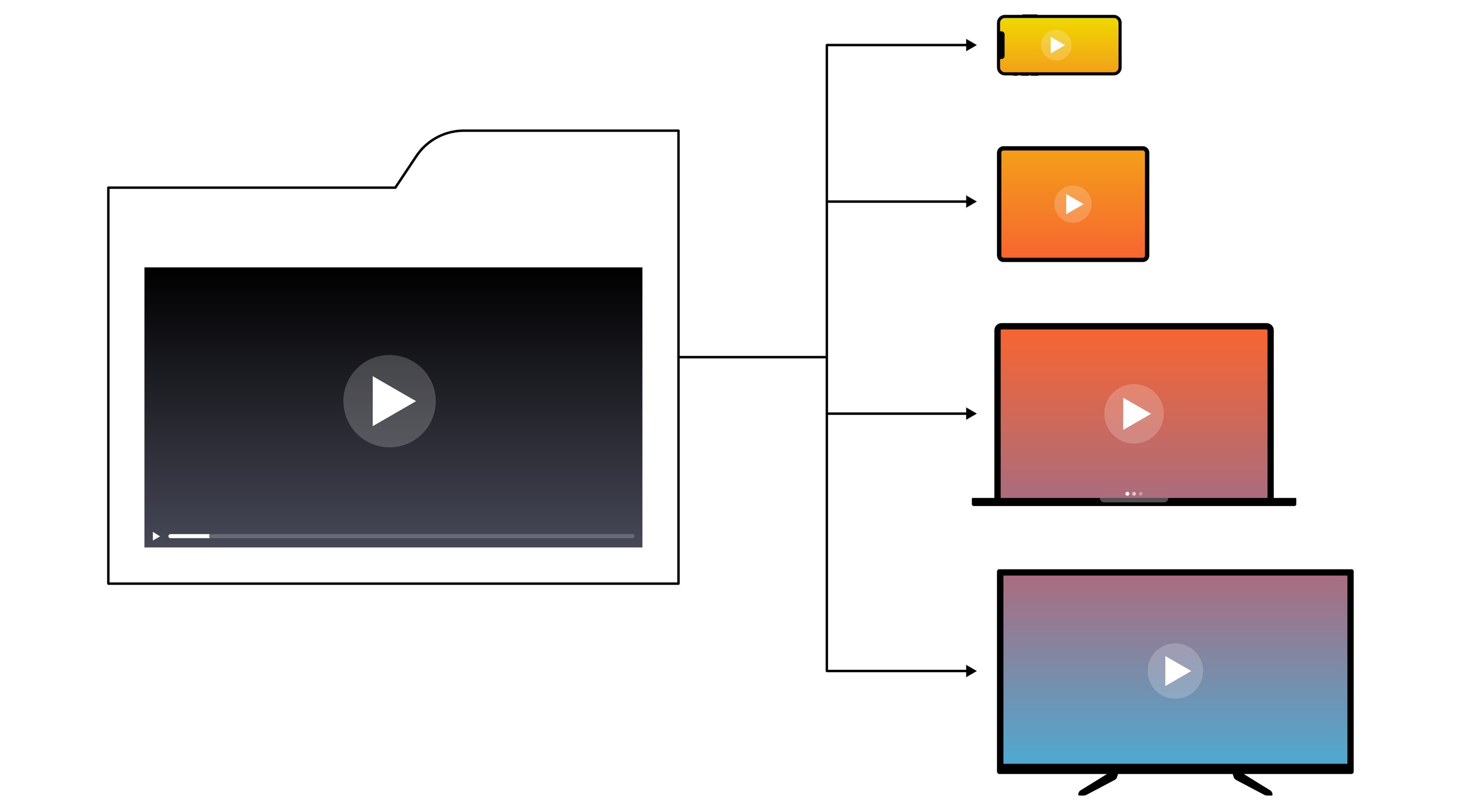Dynamic Video Delivery Rules
Tech Talk
One of the innovations we talked about at Brightcove PLAY was an exciting feature we’ll be adding to Dynamic Delivery over the rest of 2018 -- Delivery Rules. We gave you a quick preview during the keynote, but we wanted to give you a bit more insight into why we think Delivery Rules will be important and some of the wide range of options that will be enabled as we roll it out.
Solving Fragmentation Challenges
One of the main challenges we embarked to solve with Dynamic Delivery was fragmentation. Consumer devices have many different operating systems, firmware, and chipsets. Because of that, they support various different codecs, package formats, and DRM schemes. Dynamic Delivery allows us to simplify supporting all these devices because it can repackage content to multiple different formats, all from a single intermediate format.
But that’s only part of the equation. Some devices only support a particular version or particular features of HLS; others don’t like it when you include more than one audio track. To fully address the needs of users, we need to customize the delivery for each device. To deal with this, we’ve built intelligence into Dynamic Delivery to know about the differences between these platforms and automatically modify the content as it’s being delivered. This has been incredibly powerful as it’s allowed us to ensure that content will play back seamlessly across many different devices, despite all the fragmentation.
What we announced at PLAY is that we will be opening up many of these capabilities to our customers so you can directly modify the content being delivered based on your business goals and needs.
What Controls are Available and What Can They Do?
With Delivery Rules, you will be able to configure a set of if-then statements that control the user experience. The “ifs” are the triggers for behaviors and will include things such as device type, user location, or a signal from your application. The “thens” are the behaviors that are triggered and will include things such as the characteristics of the renditions returned and which CDN to utilize to deliver the media.
Let’s look at some examples of what Delivery Rules will enable you to do:
- Multiple Subscription Tiers. A common model in SVOD services is to offer two subscription tiers--SD and HD. Based on a signal from your application (the “if”), you could tell Dynamic Delivery to return a manifest that only contains SD renditions for your standard users and the full set of HD renditions for your premium providers (the “then”).
- Geography Optimized CDNs. While most CDNs are optimized for worldwide distribution, there are certain areas that are better served by a region-specific CDN. China is particularly unique in that, for optimal delivery, an in-country CDN must be used. With Delivery Rules you can create a rule that automatically detects if the viewer is located in China (the “if”) and utilizes a China-specific CDN for those requests and a global CDN for all others (the “then”).
- Device Optimized Renditions. With consumers viewing media from a variety of screen sizes it’s less than ideal to deliver the same set of renditions to each device. With device rules you could create a rule that detects if the device is a phone (the “if”) and excludes 1080p renditions (the “then”). You could then have a complimentary rule that detects if the device is an OTT device (the “if) and excludes renditions below 360p (the “then”).
As you can imagine, the combinations are endless.
We’re excited to be giving you access to even more of the power in Dynamic Delivery to allow you to customize delivery behavior to meet your unique business objectives. We’ll be releasing Delivery Rules in phases over the rest of this year and can’t wait to see what you do with it. In the meantime, if you’d like to learn more, talk to your Account Manager for more details.


